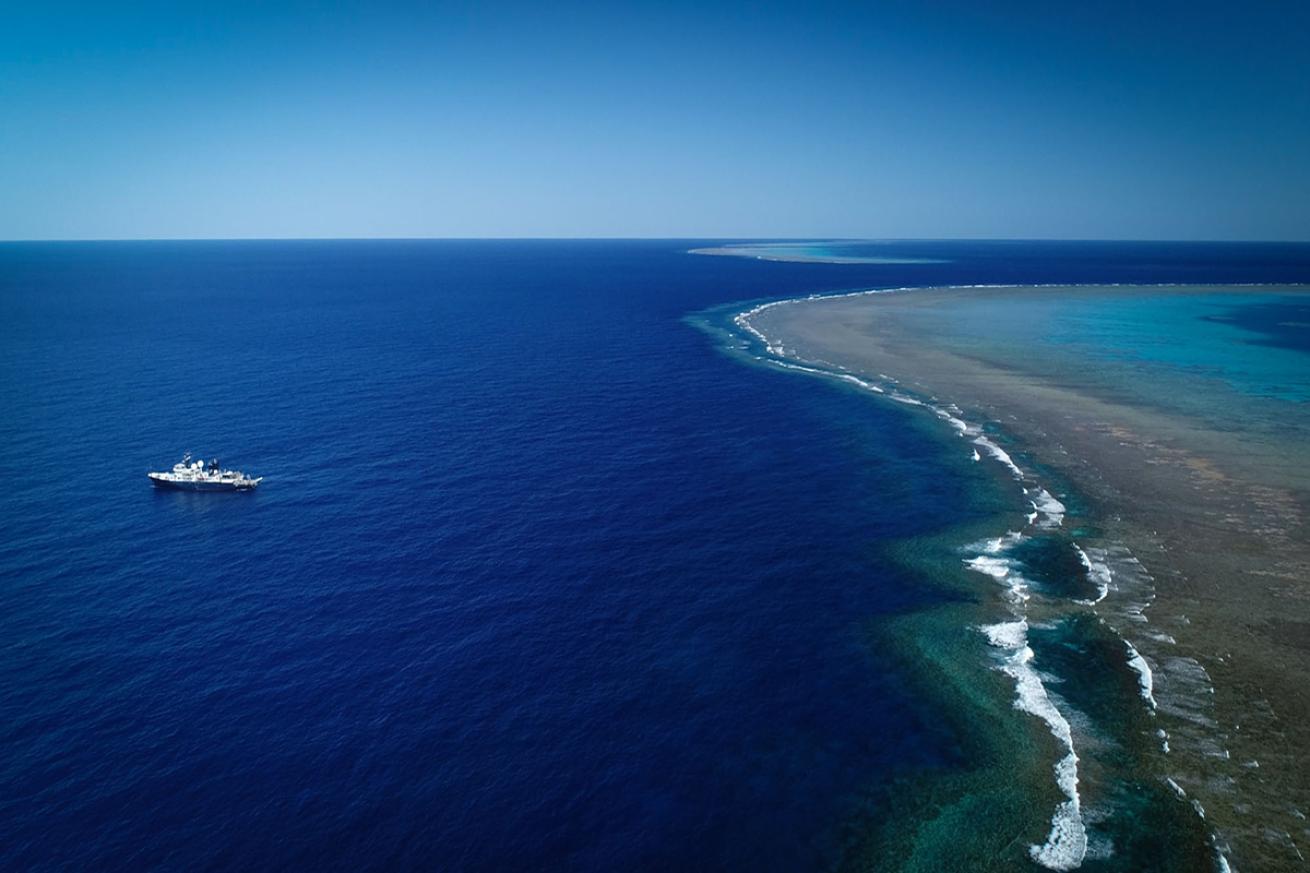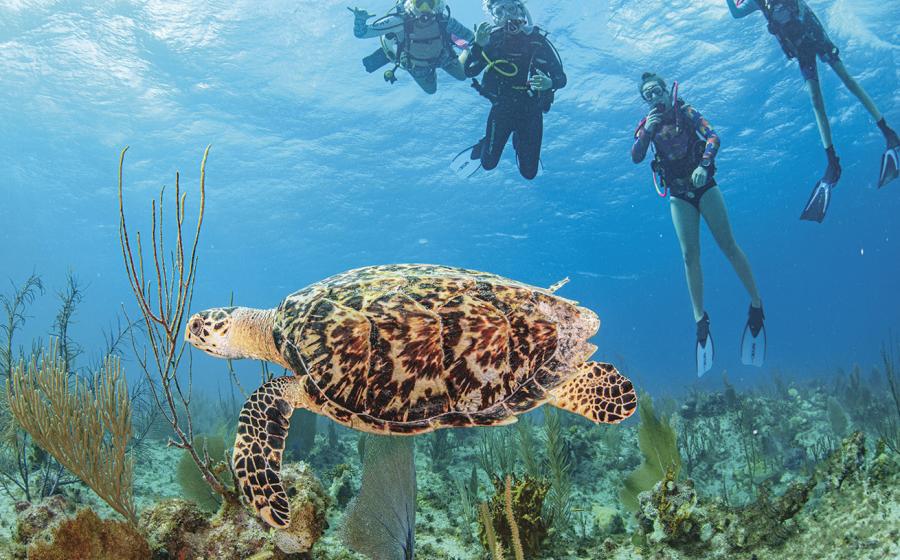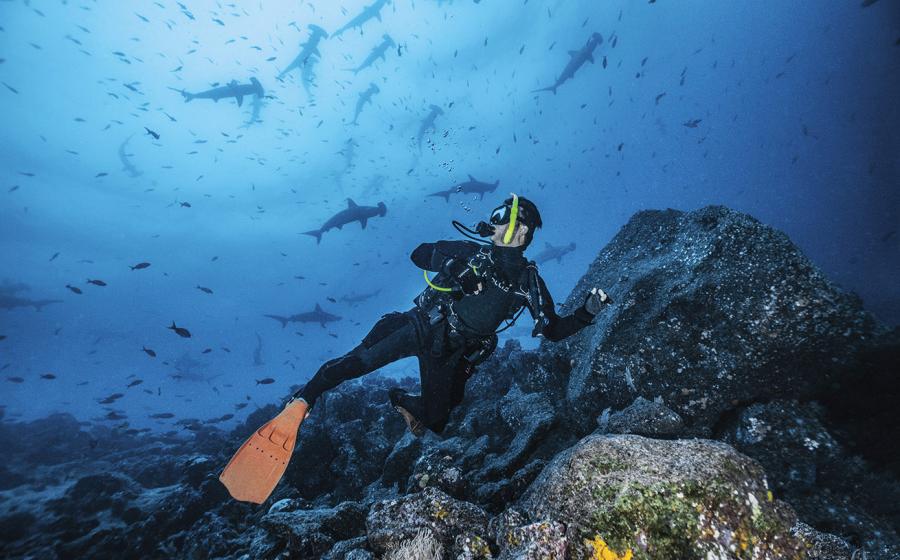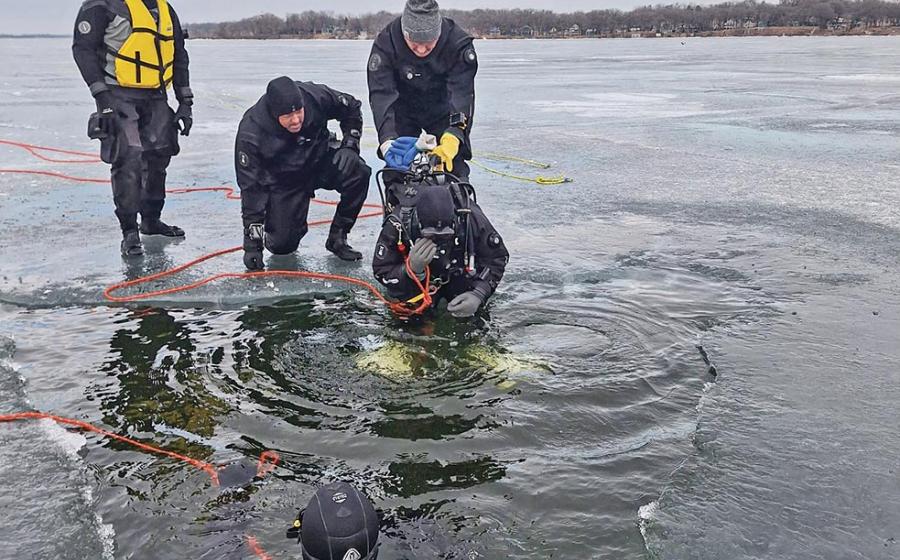Scientists Find Coral Reef Taller Than Empire State Building
Scientists have discovered a coral reef taller than the Empire State Building at the tip of the Great Barrier Reef off Cape York, Australia.
The reef towers more than 1,640 feet (500 meters), making it taller than not only New York City’s famous skyscraper, but also the Sydney Tower in Australia or the Petronas Twin Towers in Malaysia. It was found Oct. 20 by a team of scientists on the R/V Falkor, a research vessel of the California-based nonprofit Schmidt Ocean Institute. The reef’s shallowest point is about 130 feet below the surface.
Five days later, the team used Schmidt Ocean Institute’s underwater robot, “SuBastian,” to explore the new reef and live-stream high-resolution footage with the scientists’ commentary on the nonprofit’s website and on YouTube. Stretching about a mile long, it is the first of its kind to be discovered in the area since the late 1800s.
The team, which is on a yearlong exploratory mission led by Dr. Robin Beaman of James Cook University, discovered the new reef while conducting 3D mapping of the seafloor in the Northern Great Barrier Reef. The voyage ends Nov. 17. According to the nonprofit, the mapping data and underwater imagery collected during the voyage will help scientists decipher the role of the reef within the larger Great Barrier Reef system. Project maps will eventually be publicly available through a national Australian seabed mapping program called AusSeabed.
“We are surprised and elated by what we have found,” says Dr. Beaman in a press release. “To not only 3D map the reef in detail, but also visually see this discovery with SuBastian is incredible.”

Courtesy the Schmidt Ocean InstituteThe R/V Falkor floats outside of Ribbon Reef #5 while the SuBastian heads toward the shelf.
“To find a new half-a-kilometer tall reef in the offshore Cape York area of the well-recognized Great Barrier Reef shows how mysterious the world is just beyond our coastline,” Dr. Jyotika Virmani, executive director of Schmidt Ocean Institute, said in the release. “This powerful combination of mapping data and underwater imagery will be used to understand this new reef and its role within the incredible Great Barrier Reef World Heritage Area.”






